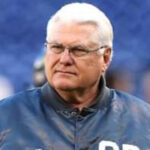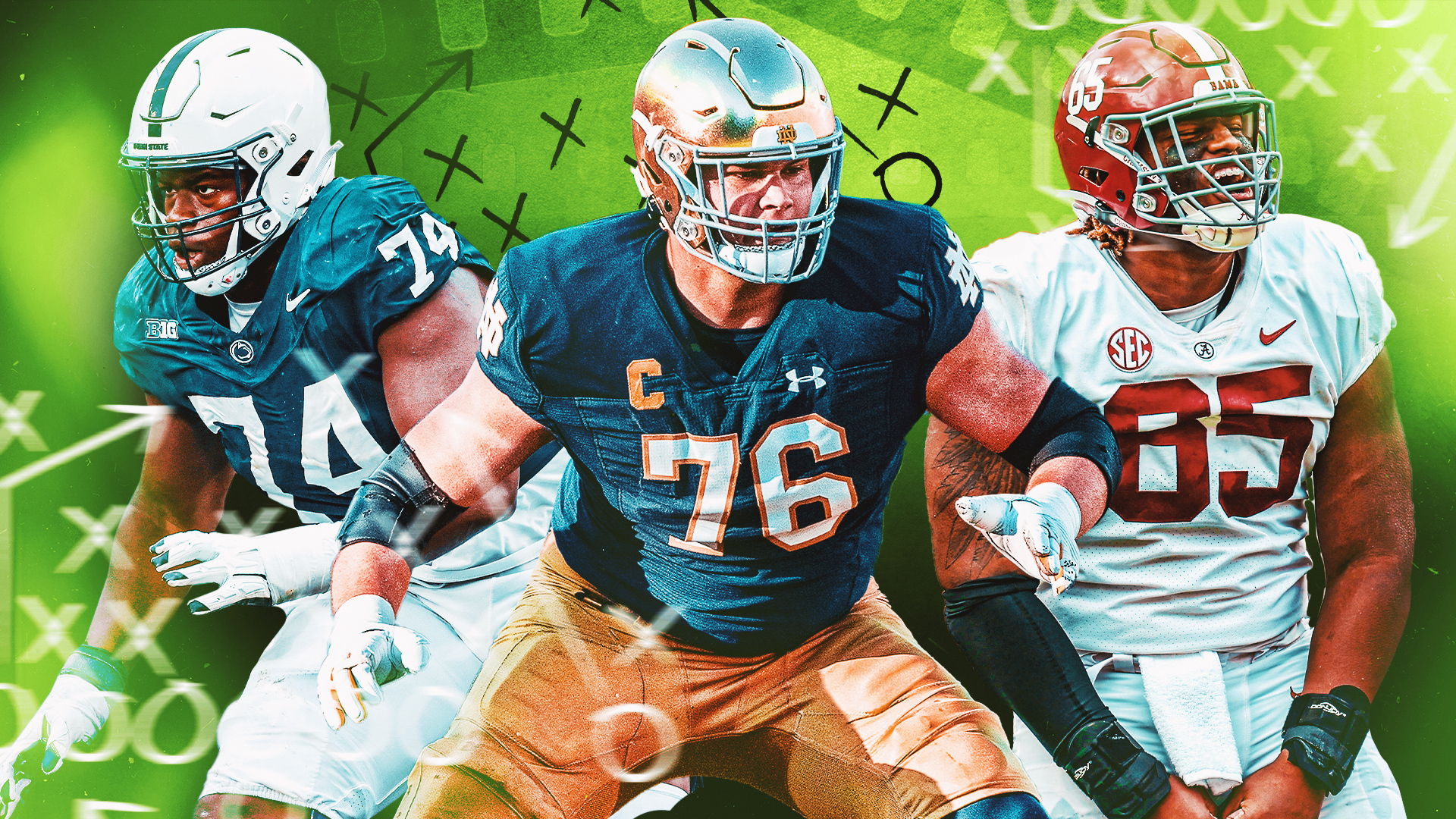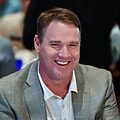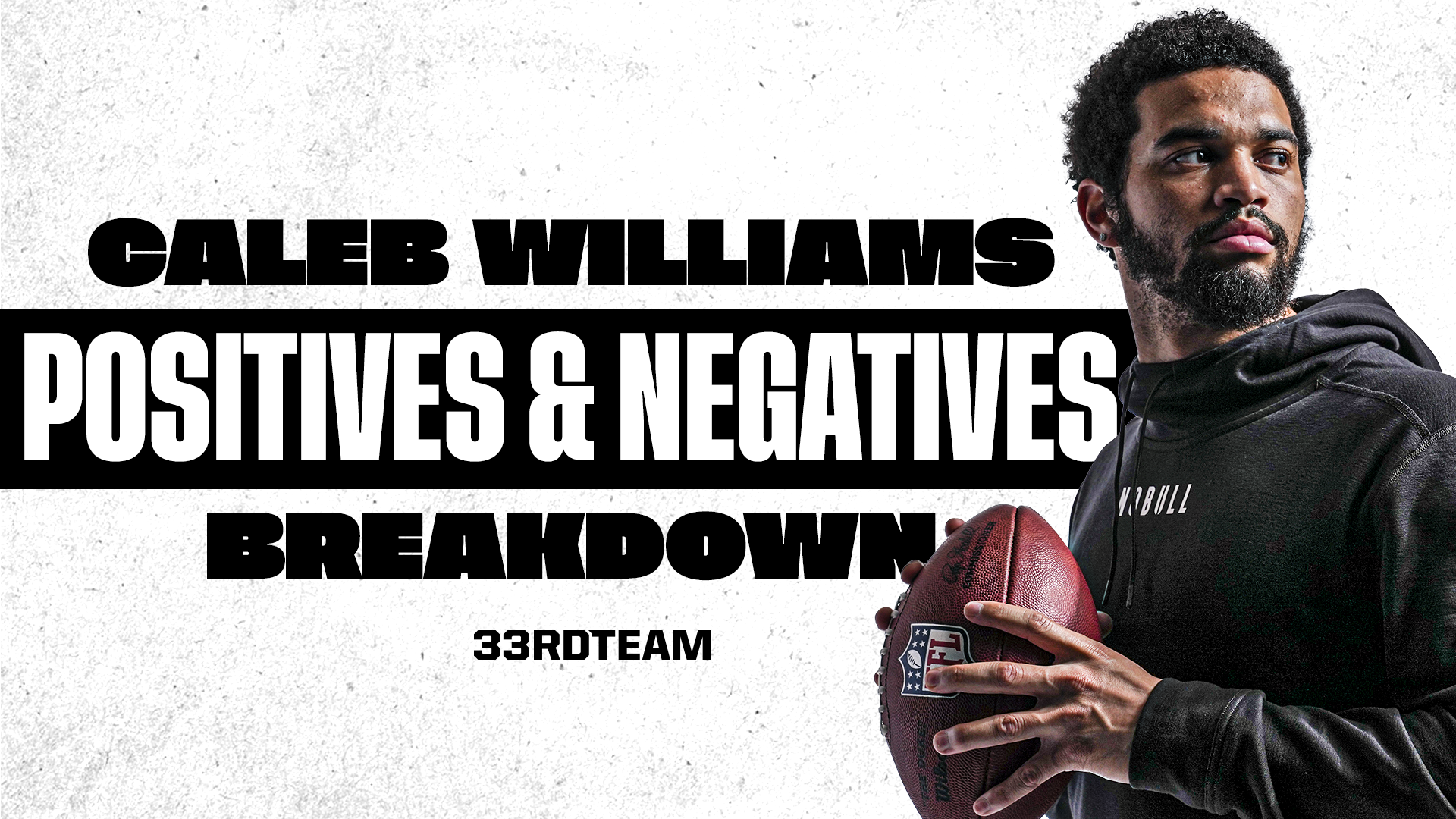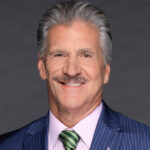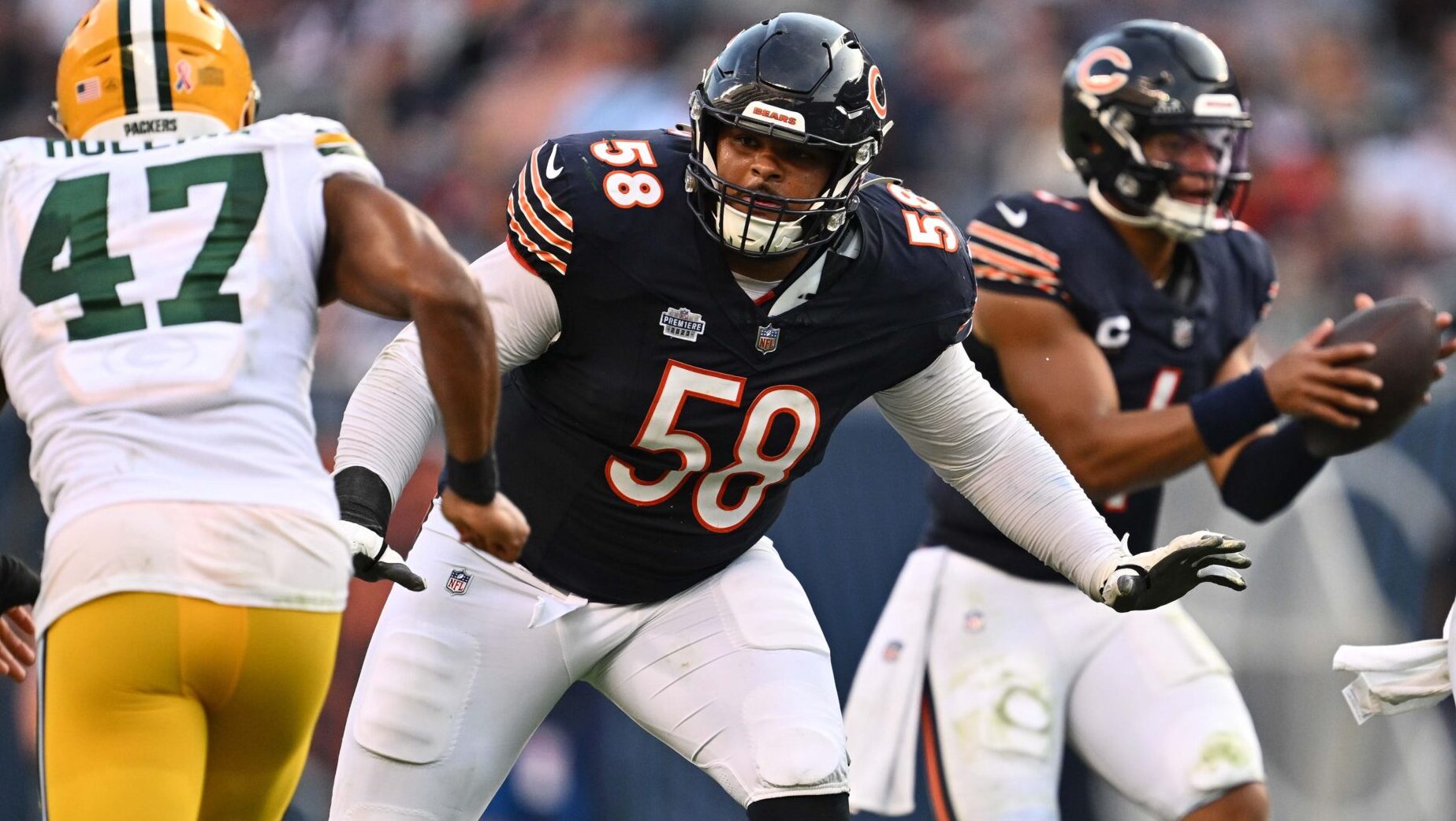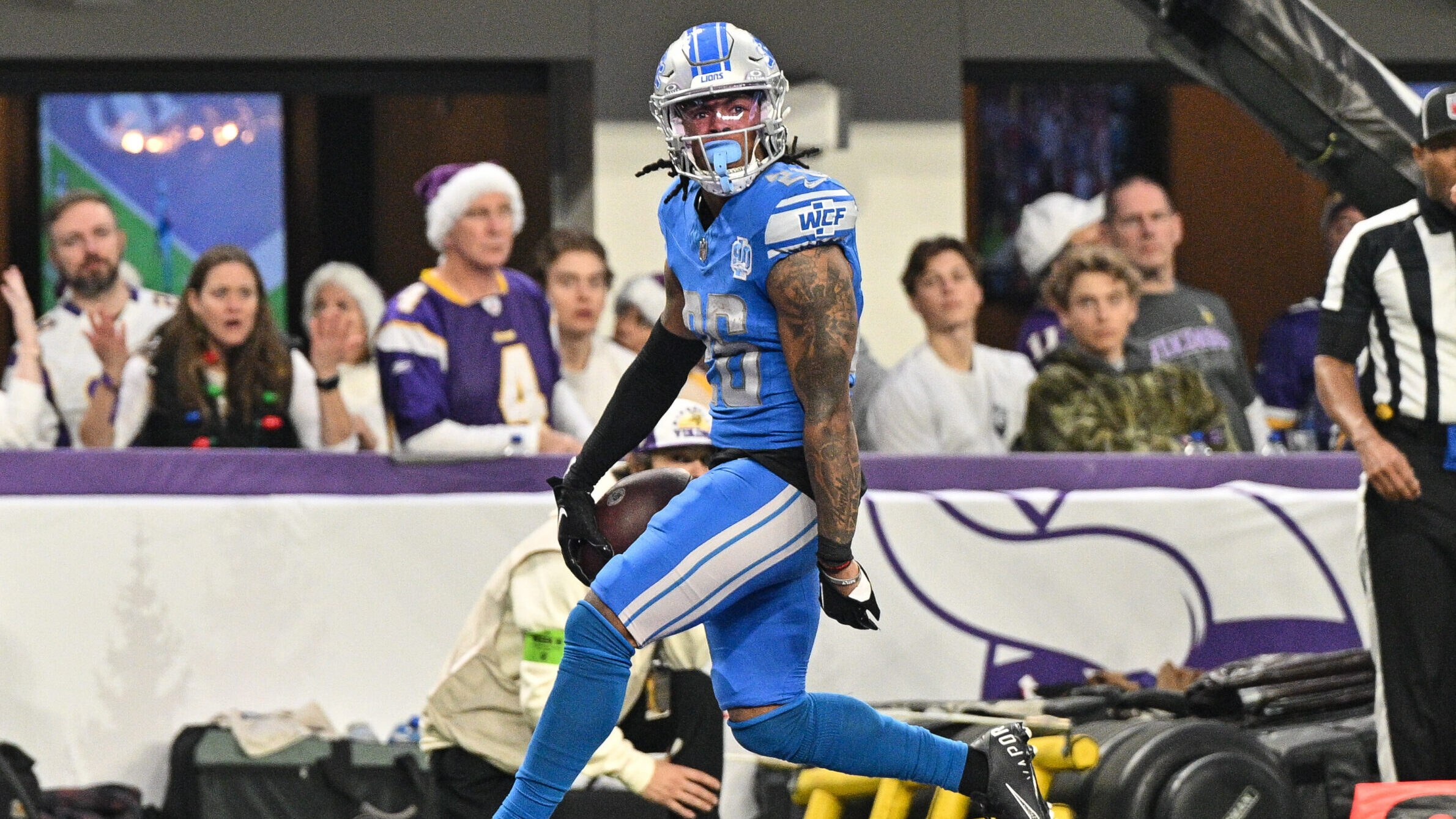Analysis
5/28/22
8 min read
Nate Boyer: From Green Beret to NFL Long Snapper
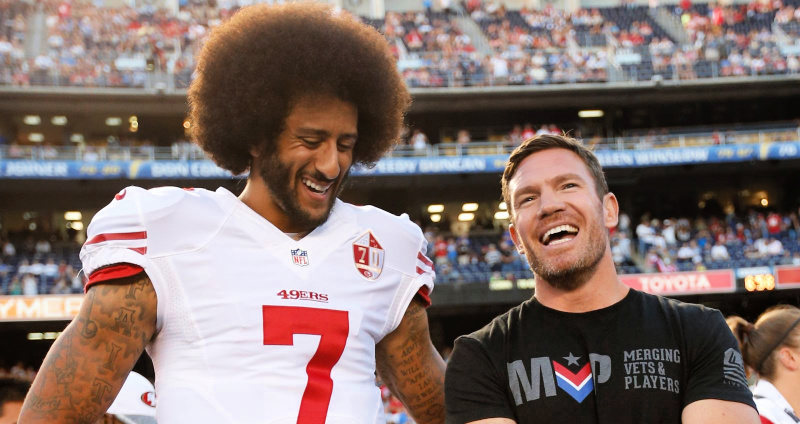
Originally from the San Francisco Bay Area, Nate Boyer grew up as a 49er fan. Although he enjoyed playing sports such as baseball, basketball, and soccer, Boyer was enthralled at the prospect of playing football, but something held him back.
“I never played football [in high school]. It was a huge regret of mine,” Boyer told The 33rd Team on last week’s Wednesday Huddle.
For Boyer, multiple factors came into play. He was concerned about riding the bench or being cut from the team, not to mention his mother’s disapproval of the idea. High school came and passed, and Boyer moved South to San Diego to take some junior college courses. Without sports, though, school felt empty.
“I started working on a fishing boat and I was making decent money for an 18-year-old kid,” said Boyer. “Growing up that fast was not super appealing, especially now that sports were out of my life.”
Without any paved path for him to enter life after high school, Boyer did not know what he wanted to do or where he wanted life to take him.
“Through high school there was no offseason, and something was always going on. Now I did not have that,” he said.
Boyer dropped out of his junior college to work full-time on the fishing boat and eventually moved to Los Angeles to become involved with show business.
“I moved up there and lived in my car for about four or five months until I saved up enough to get a spot and then moved into a little shoebox studio apartment in Franklin Village,” he said.
Shortly after Boyer had gotten on his feet in Los Angeles, he received a phone call around 5 AM from his mother, who told him to turn on the television.
“I turned it on and saw the [World Trade Center],” said Boyer, who quickly realized the event sparked something within him that he did not realize was there. “I became someone who was suddenly very interested and curious about how something like that could happen and what life is like for people in most of the world.”
Finally, a path had revealed itself. And Boyer picked up and left with little hesitation.
“I started traveling. I would save up my money working odd jobs, and I would go to Europe or Central America and backpack around; kind of figure it out when I got there.”
Boyer spent a few years doing this before landing in a life-changing situation in the Darfur region of Sudan.
In Sudan, a heinous genocide that is still going on today caught Boyer’s attention in a Time Magazine article. Compelled to help, off he went.
Getting to Darfur was no easy task, though. Boyer did not know how he could help or what he could do, but he knew that he had to go there. After applying for a visa in the neighboring country of Chad and talking his way onto a UN flight into Sudan, Boyer spent 60 days volunteering in Darfur.
“That was the first time that I felt like other people would greatly be affected if I did not show up on time today,” he said.
The experience in Sudan was eye-opening. Boyer helped wherever he could, and a local family helped him in return when he contracted malaria. During his recovery from malaria, Boyer listened to a BBC Radio broadcast that discussed the Second Battle of Fallujah. He thought to himself, “Man, this is your next step; this is what you will do.”
He felt compelled again, but this time to join the armed forces.
“I told myself, ‘You are going to fight for those that cannot fight for themselves,” he said.
From Sudan, Boyer traveled back to the United States to join the military. At the time, the Army Special Forces implemented something called the 18 X-Ray Program, which allowed civilians to ascend in the military quickly.
“If you tested high enough on all of their exams, you could get this contract to go straight from basic training to Airborne School,” he said.
After those steps, Boyer became a Green Beret, passing through the year-and-a-half-long Special Forces selection process — a feat only accomplished by 10 others out of a group of 145.
He felt ready for college towards the end of his military tenure and was drawn to the University of Texas-Austin.
“I noticed the Longhorn logo everywhere. There’s a lot of army bases in Texas. That is like the Army’s team,” said Boyer.
Still, he felt a nagging regret about not playing football in his youth.
Boyer looked up videos on the internet to teach himself football techniques while still in the military. His primary goal was to gain admission to UT, then play football for their storied program. First, he took some online classes to bolster his transfer student application, and he moved to UT after one year removed from the military. Come spring, Boyer tried out for the team.
“I went out for tryouts and thank God it was conditioning and not actual football drills,” he said. “It was awesome just being on the field. I had to figure out a way to get on the field,” he said.
Boyer made a good enough impression to make the team. And while his first year was not glorious, he played on Veteran’s Day on kickoff coverage. The next year the Longhorns had an opening at long snapper, and Boyer wanted to make sure he was the guy. All the while, he was still involved with the military.
“I reenlisted into the National Guard, and that made me available to continue to deploy in the summertime,” said Boyer.
Like he had done previously, Boyer honed his football skills while overseas in the military. Upon his return, he won the backup job behind a recruit for the program. However, the recruit did not play particularly well in his first game, and Boyer took over after, holding onto the job for 38 straight games until he graduated.
At the end of his senior season, he played in the Medal of Honor All-Star Game. NFL scouts were in attendance, and he talked with a few of them, though he did not expect any serious interest from the league.
“I knew I was not going to get drafted, but I was hoping to get into a rookie minicamp or something,” he said.
Sure enough, the St. Louis Rams and Seattle Seahawks gave Boyer a call.
“The Seahawks were coming off back-to-back Super Bowl appearances and I could not turn down the chance to walk on the field with those guys, even if I did not know how long it would last,” he said.
“I made it to training camp, and I got to play in one preseason game,” said Boyer.
After leading the team out onto the field in college and holding the American flag for every game, the Seahawks asked him to continue that tradition.
“So, I take the flag and run the team out, and I am super nervous. We were playing the Broncos in Peyton Manning’s last season,” he said. “Suddenly, the announcer asks everyone to rise for the anthem.”
During his time with the Longhorns, they were always inside the locker room when the National Anthem played, so this came as somewhat of a shock or surprise to him; this was the first time he was standing on the sideline during the song.
“Standing on an NFL field with an NFL uniform and having that opportunity really hit me,” he said.
One year later Boyer became an influential part of Colin Kaepernick kneeling during the national anthem.
“I kept getting hit up from the media, and I eventually just wrote an open letter to the Army Times,” said Boyer. “I knew I would be able to say whatever I want if I wrote in the Army Times.”
Following the letter’s publication, Kaepernick gave Boyer a call and wanted to meet before the 49ers’ next game in San Diego. The two met in the lobby of the team hotel and discussed the situation for an hour and a half.
“We talked about everything, and we laughed about stuff, and it was a very different conversation than I think people assumed,” said Boyer. “It was like two guys in a locker room just talking about some pretty serious stuff.”
Kaepernick asked Boyer if there was another way he could protest that would not offend people in the military.
“I said ‘No, there is nothing you can do that will not offend some people.’ People take a knee to pray or propose to their future spouse… Or when a player on the field is hurt, a lot of times other players will take a knee out of respect for them,” said Boyer.
Kaepernick asked if Boyer would kneel with him that night, to which he responded no.
“I feel differently when that song is played because of my experiences, but I respected him enough to stand next to him at that moment,” said Boyer.
That night on the field, which happened to be Military Appreciation Night, Nate Boyer was next to Kaepernick when the anthem started to play.
“One thing, sadly, I remember from that night was the amount of booing, which I thought, in my opinion, was far more disrespectful than anyone taking a knee,” he said. “For me, the most important thing I have ever done or been a part of in my life was that conversation [with Kaepernick].”

